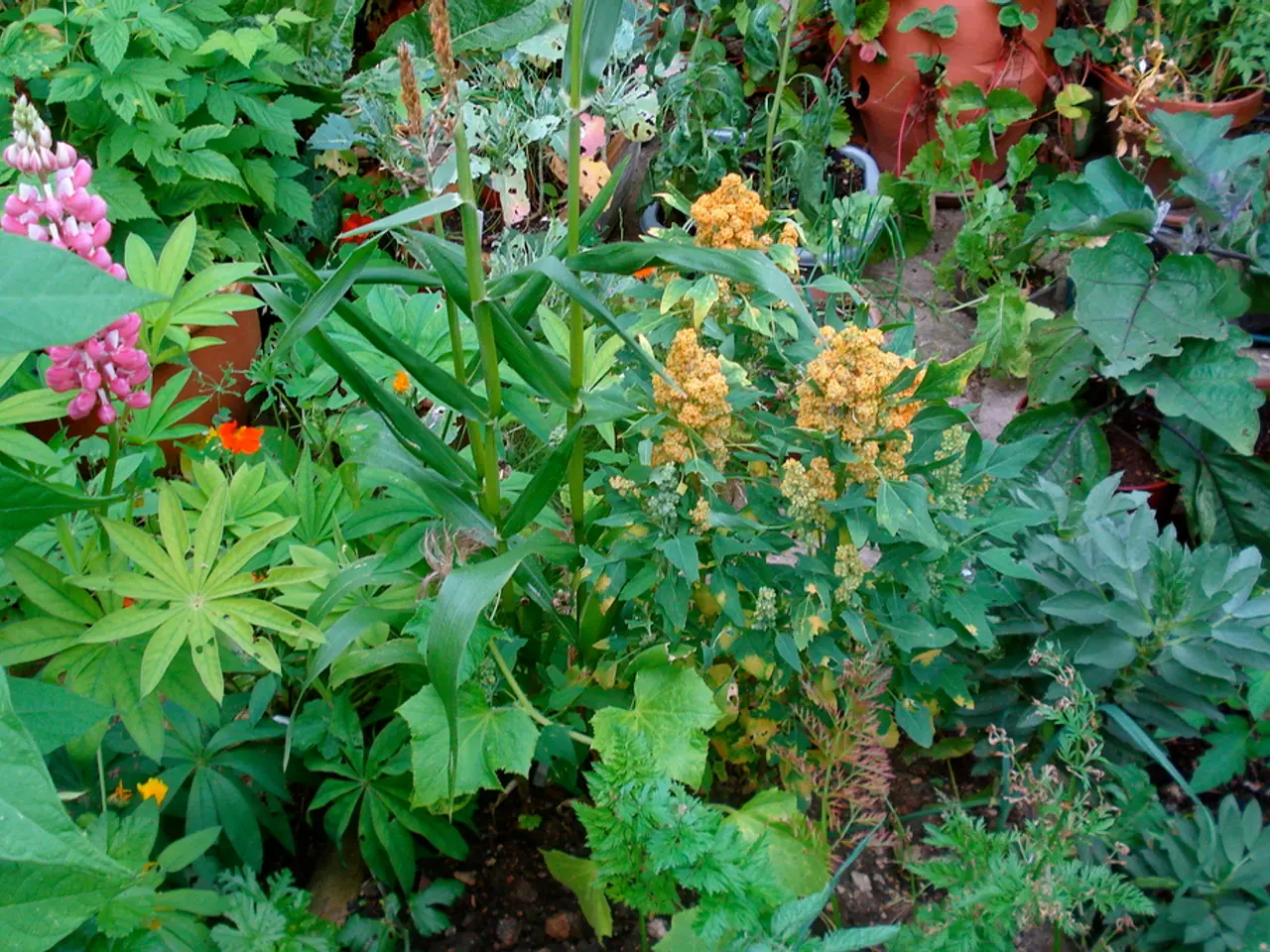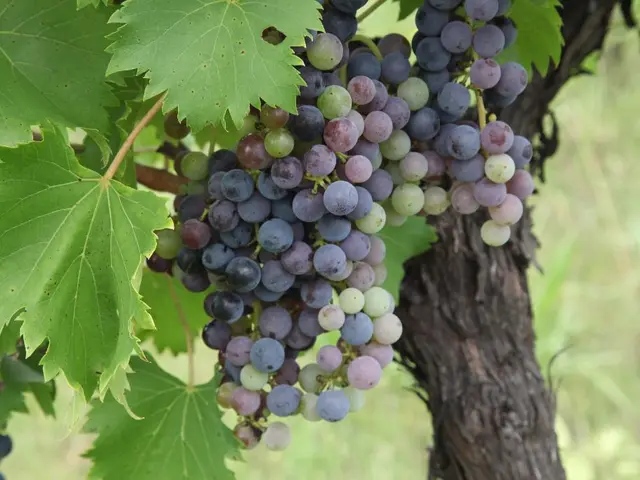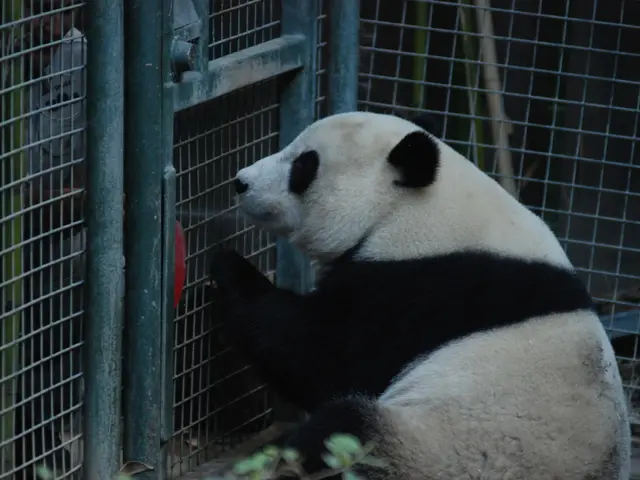Guide on Nurturing and Maintaining Dusty Miller Plants in Your Garden
Dusty Miller, a charming addition to any garden, comes in various varieties such as Silver Dust, Silver Lace, and Cirrus. Native to the Mediterranean region, these plants are known for their unique silver foliage and versatile growth habits. In this article, we'll delve into the optimal conditions for growing these popular plants.
Soil and Drainage
The key to successful Dusty Miller cultivation lies in providing well-drained soil that is average to rich in organic matter. These plants are drought-tolerant but prone to root rot if overwatered, so free drainage is essential.
Sunlight
Dusty Miller thrives best under full sun exposure, although it can tolerate light shade. For optimal growth and bloom, position your plants in a sunny spot.
Temperature
Dusty Miller is hardy down to about 45°F (7.2°C) and tolerates heat well. It generally grows in warm to moderate climates, making it an ideal choice for summer bedding, containers, and borders.
Size and Spread
Depending on the variety, Dusty Miller grows into a bushy, upright plant ranging from 6 to 24 inches (15 to 61 cm) tall and wide. The Silver Dust variety is a little shorter, while Cirrus is a tad taller.
Watering
Watering should be light, and it's essential to keep the soil dry between waterings to prevent root rot. Dusty Miller is drought-tolerant once established.
Fertilizing
Fertilizing isn't necessary for this light feeder, but monthly fertilizing can help maintain growth.
Propagation
Dusty Miller can be propagated by stem cuttings. To do this, simply cut a stem, set the top in moist potting mix, and keep it moist and warm for several weeks. New leaves and roots will grow from the cutting.
Companion Plants
Dusty Miller makes a good companion plant for low and spreading flowering plants, wave petunias, purple sweet alyssum, and zinnias. It also serves as an excellent edging plant and accent in mixed containers with flowers and dark foliage plants.
Hardiness Zones
Dusty Miller is hardy in zones 8 to 10, but in colder zones, it grows as an annual.
Maintenance
Pruning dusty miller stems encourages bushier growth and prevents legginess. To prevent root rot, avoid standing water.
Pests and Diseases
Fortunately, Dusty Miller does not suffer from major diseases or pest infestations.
In summary, plant Dusty Miller in rich, well-drained soil in full sun, provide light watering keeping soil dry between, and grow it in temperatures above 45°F (7.2°C), where it shows drought and heat tolerance. With proper care, you'll enjoy the silver beauty of these plants in your garden or containers. Happy gardening!
[1] Gardening Know How. (2021). Dusty Miller Plant Care: How to Grow Senecio Cineraria. https://www.gardeningknowhow.com/ornamental/flowers/senecio/dusty-miller-plant-care.htm
[2] The Spruce. (2021). Dusty Miller Plant Care: How to Grow Senecio Cineraria. https://www.thespruce.com/dusty-miller-plant-care-1412660
[3] Monrovia. (2021). Dusty Miller. https://www.monrovia.com/plant-library/senecio-cineraria/13723/
[4] The Old Farmer's Almanac. (2021). Dusty Miller. https://www.almanac.com/plant/dusty-miller
[5] Burpee. (2021). Dusty Miller. https://www.burpee.com/gardening/learn/plant-care/dusty-miller-plant-care/D13018
When considering home-and-garden projects, don't forget the versatile beauty of Dusty Miller plants, particularly suitable for a lifestyle that involves gardening. With proper soil preparation, watering, and sunlight exposure, these plants can thrive in various parts of your home-and-garden, serving as stunning companions to low-growing flowers and accentuating mixed containers.






